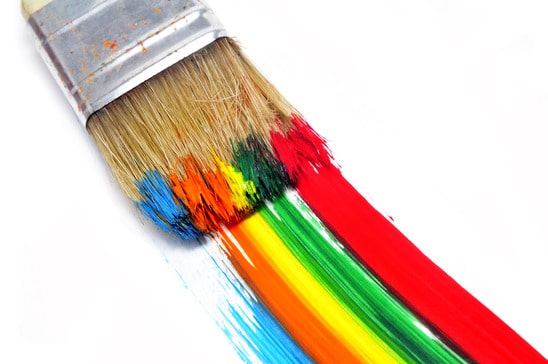Did You Know: Paint Brush Facts
Chances are you have them around your house. Your kids have them in a craft drawer in their rooms. You have a box in the garage from your last project. Paint brushes are simply something we have; yet we usually think little about where they come from. Sure, you know what a paint brush is – it is a brush used for painting. But where did it originate? Here are some paint brush facts.
When it comes to the history of paint brushes and paint brush facts, it is not known exactly when paint brushes came into existence.
People have been painting on walls in caves with pigment and animal fat 40,000 years ago. They designed “paint brushes” out of sticks, animal bones, palm leaves and even shavings of wood
As painting progressed, paint brushes quickly moved into being created from animal hair. Different animals had different thickness and coarseness of hair – which meant more changes in the way the paint brush was made and the effects it produced.
During the 1800s, paint brushes were widely used – and they were most often imported into the United States. However, it wasn’t long before we realized we could make paint brushes ourselves by hand. Child labor was also used during the late 1800s for the packaging and labeling of paint brushes. Eventually, machines took over the process of mass-producing most paint brushes – but some
of the delicate brushes used in artwork are still created by hand.
Today we rely on synthetic bristles to make our paint brushes instead of animals. Artificial fibers such as rayon and nylon are fashioned into “hair” which can be used to create paint brushes for a wide array of options.
In general, the manufacturing process of a paintbrush goes as follows:
- Bristles of various shapes and sizes, but all pointing in the same direction, are mixed through the use of conveyor belts. This is because a brush consists of various lengths and taper ratios.
- The next machine in the process divides the bristles up into the appropriate amount for the type of brush that is being made. These bristles are placed into a metal ferrule that will hold the bristles together for attachment.
- The bristles are pushed about halfway through the ferrule, then a wooden plug is placed in the other end of the ferrule.
- The brush head is then sent to a machine where the bristles are glued in place.
- The brush head is then finished, either by tapering the tips or splitting the tips. All the loose bristles are removed from the brush head.
- The brush heads are dried, then fitted onto the handles, and packaged for shipping.

